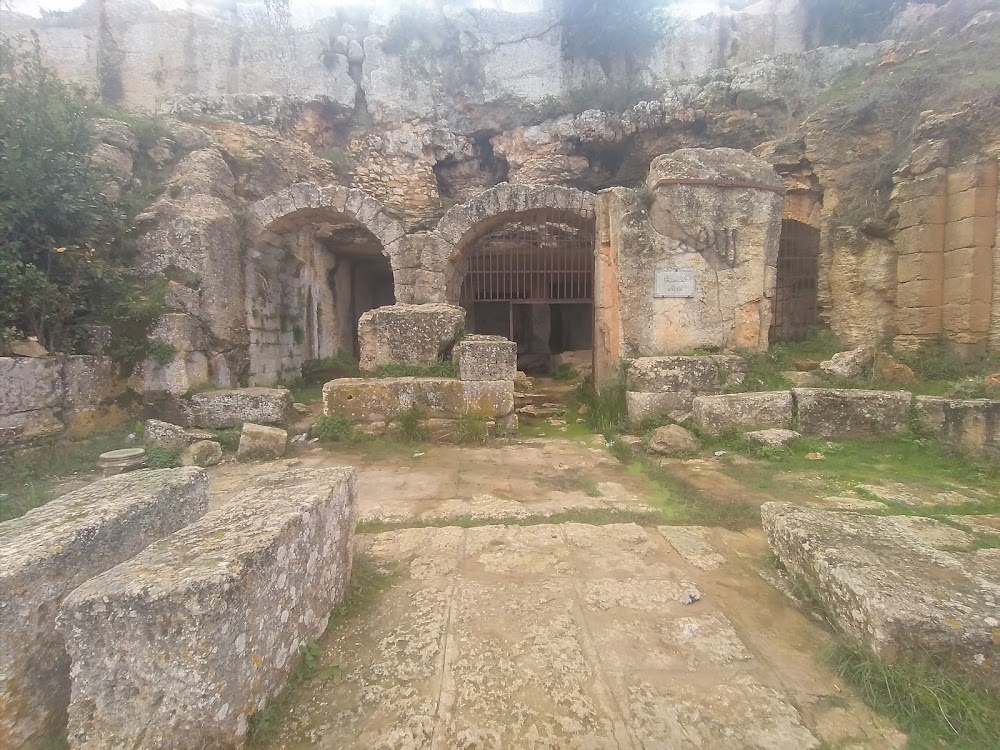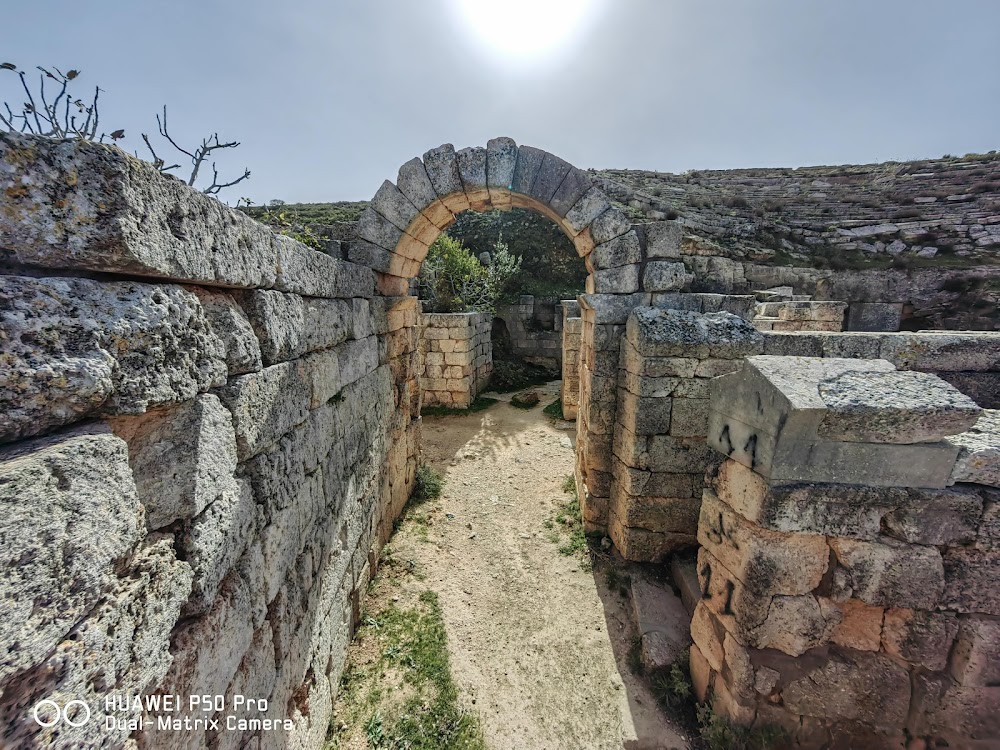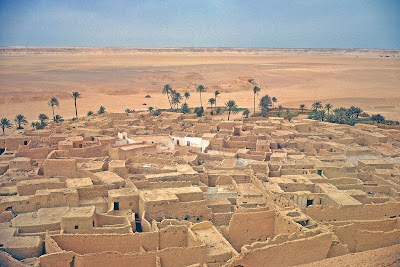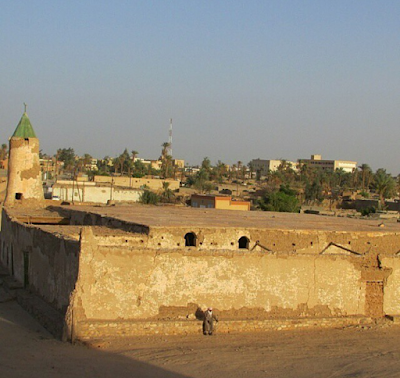Temple of Apollo (معبد أبولو)
Related Places
Overview
The Temple of Apollo is a historical and architectural gem nestled in the Al Wahat District of Libya. Dedicated to the Greek god Apollo, this ancient temple stands as a testament to the region's rich history and the cultural exchanges that have shaped its identity over centuries.
The temple's origins date back to the Hellenistic period, around the 3rd century BCE, when the area now known as Libya was heavily influenced by Greek culture, especially following Alexander the Great's conquests. Greek settlers constructed the temple to preserve their cultural practices and worship traditions, establishing a sacred space far from their homeland.
Constructed primarily from locally sourced limestone, the Temple of Apollo showcases classic Greek architectural features. Its peripteral layout, surrounded by a single row of columns, exemplifies the elegance of ancient Greek design. The columns are of the Doric order, characterized by their simple, sturdy capitals and fluted shafts, embodying strength and beauty.
Originally, the temple featured a rectangular floor plan, with the main room, or cella, housing a statue of Apollo. This cella was embraced by columns on all four sides, creating a harmonious and balanced structure. The roof was likely constructed of wooden beams topped with terracotta tiles, a hallmark of Greek architectural practices.
At the front, the temple displayed a pronaos (porch) that led into the cella. The entrance was adorned with an intricately carved architrave and frieze, depicting scenes from Greek mythology associated with Apollo. Although much of the decorative detail has eroded over time, surviving fragments provide a glimpse into the artistry and craftsmanship of the ancient builders.
The construction of the Temple of Apollo involved a team of skilled laborers, including stonemasons, sculptors, and carpenters. These artisans adhered to traditional Greek techniques, refined over centuries. The columns were carved from single blocks of limestone, requiring precision and patience. Once completed, each column was transported to the site and erected using cranes and pulleys, showcasing the advanced technology mastered by the Greeks.
Beyond its architectural beauty, the Temple of Apollo held significant cultural importance. It served as a central place of worship, where the community gathered for ceremonies, sacrifices, and festivals honoring Apollo, the god of light, music, and prophecy. The temple became a focal point for Greek settlers, helping them maintain their identity and traditions in a foreign land.
Throughout the centuries, the region experienced shifts in power, including Roman and Byzantine rule. Each civilization left its mark, but the Temple of Apollo remained a poignant symbol of the enduring legacy of Greek culture. Although the temple eventually fell into disuse and partial ruin, its remnants continue to inspire awe and respect.
Today, the remains of the Temple of Apollo in the Al Wahat District represent a valuable archaeological site. Preservation efforts have been made to safeguard what remains, with some sections meticulously restored to their former glory. Visitors to the site can witness the standing columns and foundational layout, creating a tangible connection to the ancient world.
The Temple of Apollo serves as a reminder of the cultural diffusion that has shaped the Mediterranean region. It reflects the exchange of ideas, beliefs, and artistic expressions between different civilizations. Through its rich history and remarkable architecture, the temple offers insights into the lives and spirituality of the people who built and revered it.
For those visiting the Al Wahat District, the Temple of Apollo is not merely an ancient ruin but a bridge to a distant past, illustrating the enduring power of human creativity and devotion.








